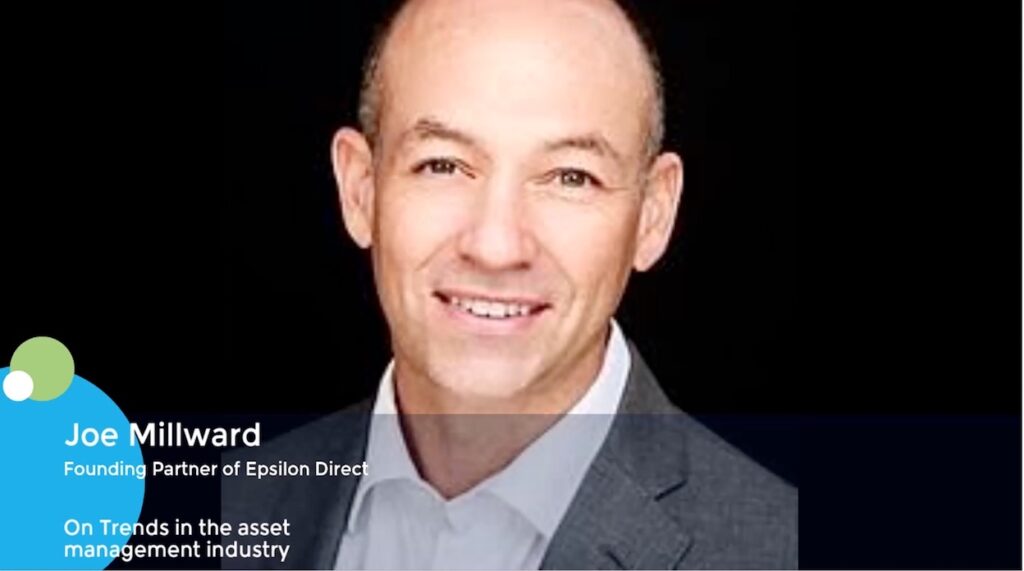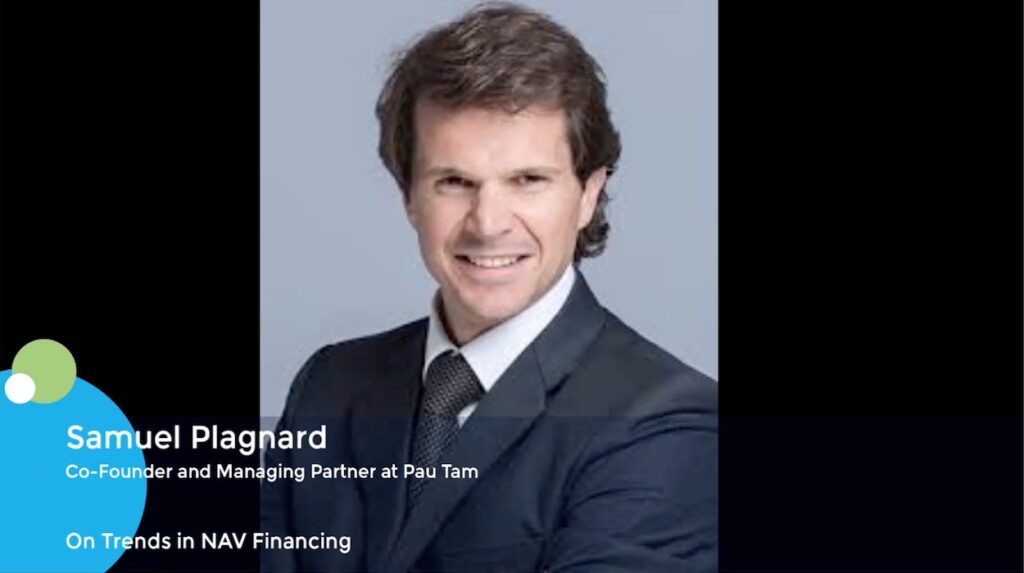Asia-Pacific emerges as global M&A magnet amid trade turmoil – Dealspeak APAC
The resurgence this year of M&A investment into Asia-Pacific, and China specifically, has come despite – and perhaps because of – increasing trade and financial uncertainties under the second Trump administration.
Buyers from the Americas and EMEA drove total APAC M&A volumes to their second-highest level year-to-date on Mergermarket record – USD 148.1bn across 973 deals, up 75.1% compared to the same period a year before.
Softer demand for US dollar assets amid Washington’s unsettling tariff policies contributed to accelerating M&A momentum in Asia – especially in Greater China, India, Japan and Australia, which each attracted capital due to country-specific trends.
Investment surge driven by Greater China, India, Japan and Australia
Greater China, whose stock indices have performed strongly, commanded the largest share of deal volume and number of transactions – USD 52bn across 106 deals. This is up 5.9x on the prior year period and amounts to 35.1% of APAC deal volume.
Supportive government policies and technological advancements in areas such as AI, batteries, electric cars and biopharma, as well as economic resilience in the face of Trump’s tariffs, helped restore confidence among investors. China has moved to open up its financial markets by relaxing capital controls, enhancing the convertibility of the yuan and increasing market access to further internationalise the yuan.
China’s largest inbound deal from ex-APAC buyers was a USD 5.36bn licensing drug deal between Chinese biotech firm Argo Biopharma and Swiss giant Novartis. According to HSBC, Chinese pharmaceutical firms accounted for around half of the global value of licensing deals in the first eight months of this year, a significant rise from 30% in 2024 and virtually none as recently as 2018.
Hong Kong, which claimed back its title as the world’s top IPO venue, overcoming geopolitical and market uncertainties, has also been in the M&A limelight with two massive inbound deals – the controversial and ongoing Hutchison Port deal and HSBC’s recently announced privatisation of Hang Seng Bank – both stemming from the turbulent global geopolitical landscape.
The fate of the USD 19.2bn acquisition of Hutchison Port by a consortium led by US-based BlackRock remains uncertain amid rising US-China tensions and Chinese regulatory intervention. But the possible inclusion of China’s state-owned COSCO Shipping in the consortium could help revive the deal.
Meanwhile, HSBC will privatise Hang Seng Bank in a USD 13.6bn deal to streamline operations amid Hong Kong’s property loan crisis. The move comes as the UK-headquartered lender with Asian roots continues an organisational overhaul that has divided its leadership into separate Eastern- and Western-focused segments.
India has attracted foreign investment from Western firms seeking to diversify China-centric supply chains, with deal volume surging to USD 24.2bn – 76.9% up from the same period a year before. In particular, an industrial deal stands out – Schneider Electric’s USD 6.3bn acquisition of a 35% stake in its Indian unit.
US private equity firms have continued to invest heavily in Japan, where the volume of deals driven by ex-APAC investors grew 30.4% year-on-year to USD 22.9bn. Notable deals include the sale of Seven & i’s superstore business to Bain Capital for USD 5.5bn; the same firm’s USD 3.4bn acquisition of Mitsubishi Tanabe Pharma and Blackstone’s USD 3.4bn take-private of TechnoPro Holdings.
Following a fierce bid war with Bain, KKR eventually completed the USD 2.7bn privatisation of software developer Fuji Soft in May. In September, it also sealed the USD 2.8bn buyout of medical gear maker Topcon alongside JIC Capital and existing management.
Australia, however, saw a retreat – down 15.7% to USD 26.5bn. This follows the recent collapse of the USD 24bn non-binding takeover of Australia’s oil and gas company Santos by a consortium led by a subsidiary of Abu Dhabi’s state-owned oil company ADNOC.
Geopolitical shifts and strategic realignments shape future deal flow
Going forward, China will likely remain on the radar of European and American investors, but tensions between Washington and Beijing mean Middle Eastern and ASEAN buyers might be better placed to seize M&A opportunities.
Meanwhile, tougher competition from Chinese peers is also pushing some Western companies such as GE Healthcare, Starbucks and General Mills’ Haagen-Dazs to consider selling their China-based units.
Japan’s ongoing corporate reforms and relatively cheap assets will surely see it remain a favoured investment region and not only for private equity. Renesas Electronics, for example, is reportedly considering selling its USD 2bn timing unit, which could attract acquirers such as US-based Texas Instruments and Germany’s Infineon.
In addition, western activist investors may find more opportunities in Japanese real estate as rising inflation and asset prices under new leader Sanae Takaichi boost unrealised corporate property gains, attracting funds aiming to enhance shareholder value amid loose monetary policy.
Despite tensions between Washington and New Delhi, India is expected to continue to draw interest from ex-APAC investors in its industrial, consumer and financial sectors. The opening-up of the Indian commercial banking sector, for example, is attracting bids from North American and Middle Eastern players such as EBD Emirates and Fairfax Financial Holdings.
Meanwhile, geopolitical tensions are adding strategic depth to dealmaking in Australia’s mining and energy assets, with US and European players eyeing more equity deals in areas such as rare earths and other critical minerals.













